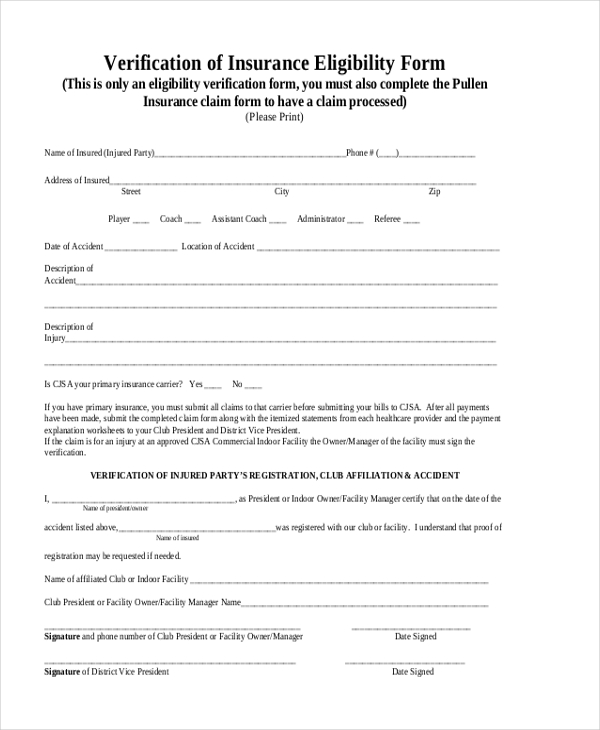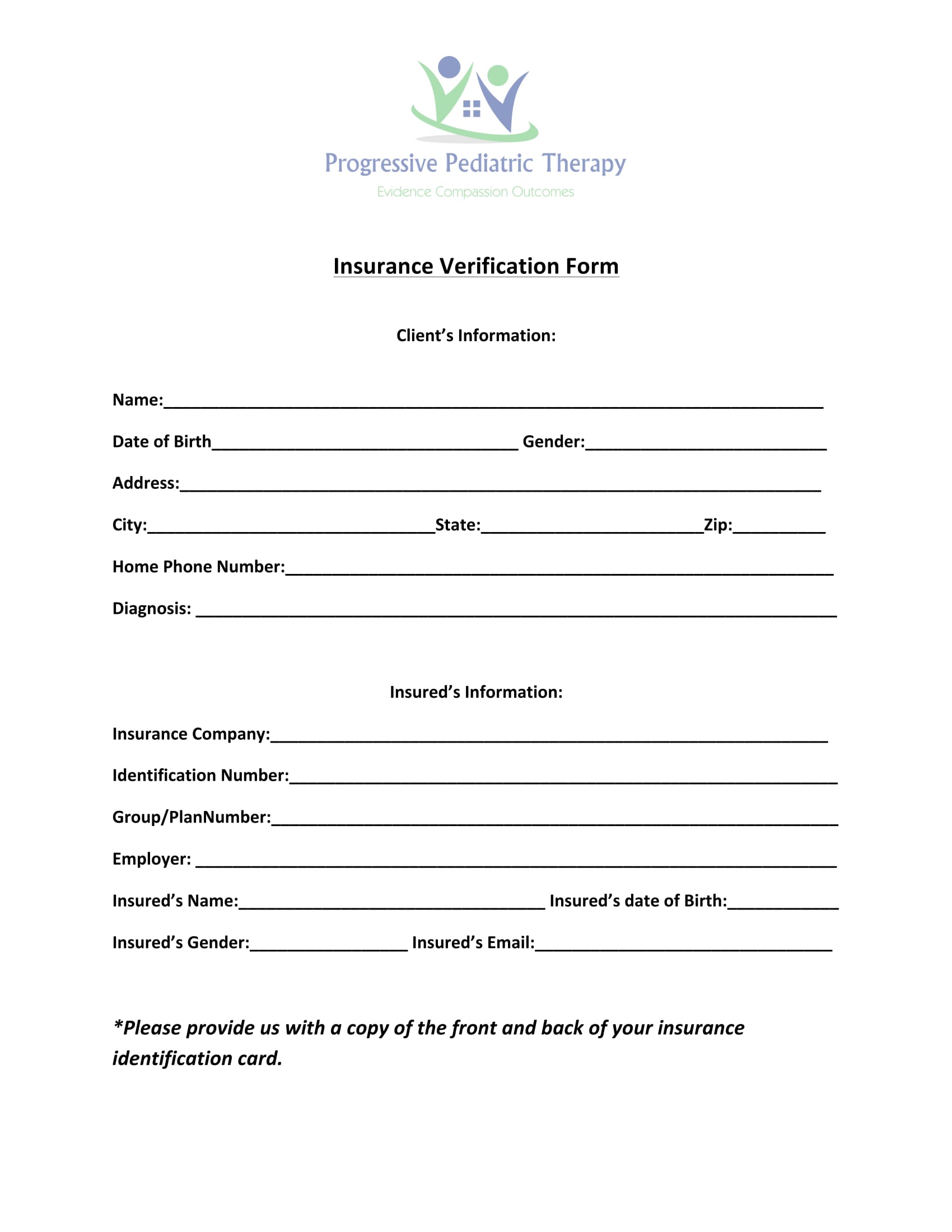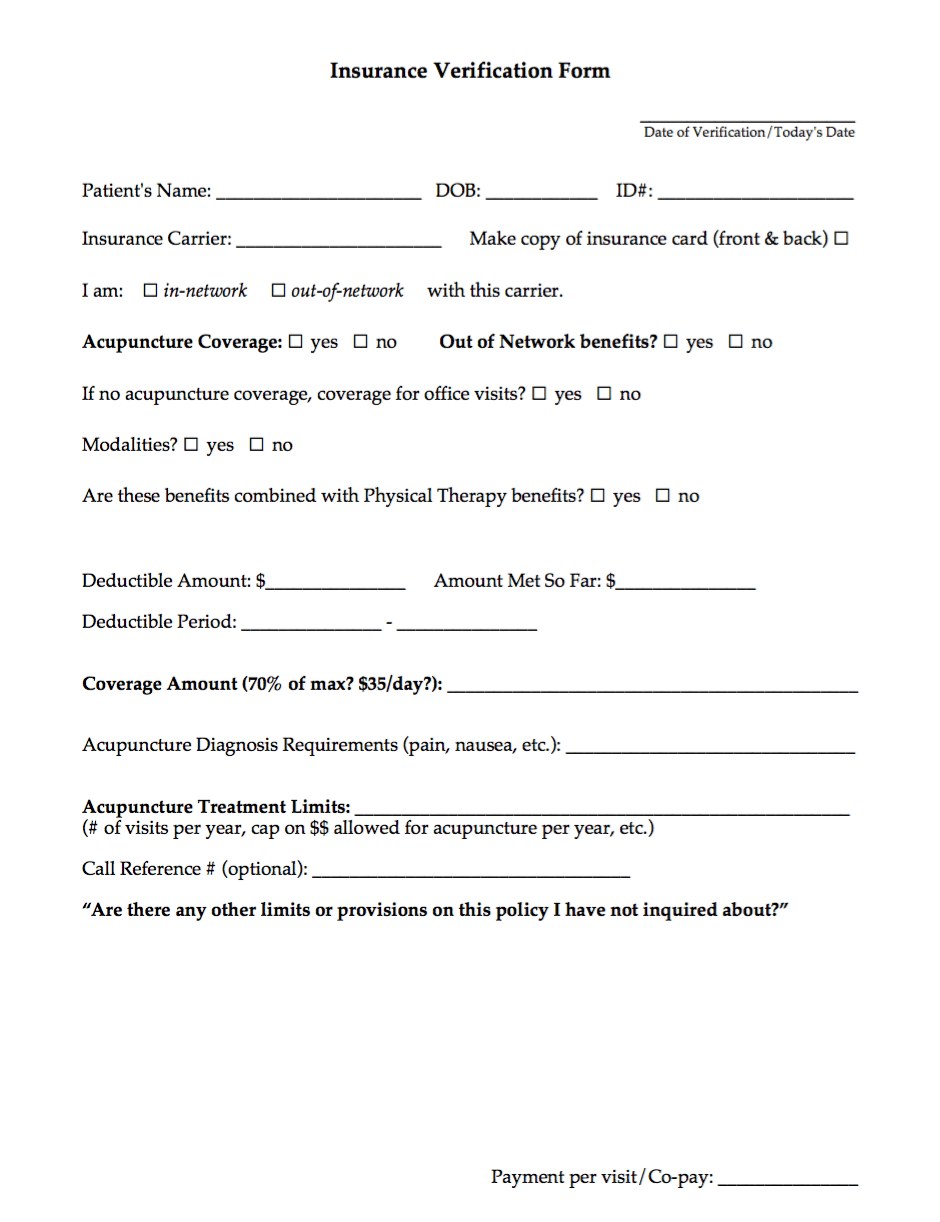We can group the resultset in SQL on multiple column values. All the column values defined as grouping criteria should match with other records column values to group them to a single record. Let us use the aggregate functions in the group by clause with multiple columns. This means given for the expert named Payal, two different records will be retrieved as there are two different values for session count in the table educba_learning that are 750 and 950. Group by is done for clubbing together the records that have the same values for the criteria that are defined for grouping.
When a single column is considered for grouping then the records containing the same value for that column on which criteria are defined are grouped into a single record for the resultset. The group by clause is most often used along with the aggregate functions like MAX(), MIN(), COUNT(), SUM(), etc to get the summarized data from the table or multiple tables joined together. Grouping on multiple columns is most often used for generating queries for reports, dashboarding, etc. NET Database SQL MySQL PostgreSQL SQLite NoSQL SQL SUM() function with group by The aggregate functions summarize the table data. The aggregate functions are applied in order to return just one value per group.
Pandas comes with a whole host of sql-like aggregation functions you can apply when grouping on one or more columns. This is Python's closest equivalent to dplyr's group_by + summarise logic. Here's a quick example of how to group on one or multiple columns and summarise data with aggregation functions using Pandas. SQL SUM() function with group by SUM is used with a GROUP BY clause. Once the rows are divided into groups, the aggregate functions are applied in order to return just one value per group. Groupby count in pandas python can be accomplished by groupby() function.
Groupby count of multiple column and single column in pandas is accomplished by multiple ways some among them are groupby() function and aggregate() function. Using pandas groupby count() You can also use the pandas groupby count() function which gives the "count" of values in each column for each group. For example, let's group the dataframe df on the "Team" column and apply the count() function. We get a dataframe of counts of values for each group and each column. Including the GROUP BY clause limits the window of data processed by the aggregate function.
This way we get an aggregated value for each distinct combination of values present in the columns listed in the GROUP BY clause. The number of rows we expect can be calculated by multiplying the number of distinct values of each column listed in the GROUP BY clause. In this case, if the rows were loaded randomly we would expect the number of distinct values for the first three columns in the table to be 2, 5 and 10 respectively. So using the fact_1_id column in the GROUP BY clause should give us 2 rows.
Let's start be reminding ourselves how the GROUP BY clause works. An aggregate function takes multiple rows of data returned by a query and aggregates them into a single result row. To be perfectly honest, whenever I have to use Group By in a query, I'm tempted to return back to raw SQL.
I find the SQL syntax terser, and more readable than the LINQ syntax with having to explicitly define the groupings. In an example like those above, it's not too bad keeping everything in the query straight. However, once I start to add in more complex features, like table joins, ordering, a bunch of conditionals, and maybe even a few other things, I typically find SQL easier to reason about. Once I get to the point where I'm using LINQ to group by multiple columns, my instinct is to back out of LINQ altogether. However, I recognize that this is just my personal opinion. If you're struggling with grouping by multiple columns, just remember that you need to group by an anonymous object.
If you've used ASP.NET MVC for any amount of time, you've already encountered LINQ in the form of Entity Framework. EF uses LINQ syntax when you send queries to the database. While most of the basic database calls in Entity Framework are straightforward, there are some parts of LINQ syntax that are more confusing, like LINQ Group By multiple columns. Rotates a table by turning the unique values from one column in the input expression into multiple columns and aggregating results where required on any remaining column values. In a query, it is specified in the FROM clause after the table name or subquery. Often you may want to group and aggregate by multiple columns of a pandas DataFrame.
Fortunately this is easy to do using the pandas .groupby () and .agg () functions. Athena supports complex aggregations using GROUPING SETS, CUBE and ROLLUP. GROUP BY GROUPING SETS specifies multiple lists of columns to group on. GROUP BY CUBE generates all possible grouping sets for a given set of columns. GROUP BY ROLLUP generates all possible subtotals for a given set of columns.
Complex grouping operations do not support grouping on expressions composed of input columns. Fortunately this is easy to do using the pandas.groupby()and.agg()functions. In this power bi tutorial, we learned power bi sum group by multiple columns. And also we discussed the below points power bi sum group by two columns using power query.
The GROUP BY statement is often used with aggregate functions ( COUNT() , MAX() , MIN() , SUM() , AVG() ) to group the result-set by one or more columns. SUM of Multiple columns of MySQL table Now we will learn how to get the query for sum in multiple columns and for each record of a table. 3 and then divide that from the total and multiply with 100 here is the query. The GROUP BY statement is often used with aggregate functions (COUNT(),MAX(),MIN(), SUM(),AVG()) to group the result-set by one or more columns.
The preceding discussion focused on aggregation for the combine operation, but there are more options available. In particular, GroupBy objects have aggregate(), filter(), transform(), and apply() methods that efficiently implement a variety of useful operations before combining the grouped data. I have a problem with group by, I want to select multiple columns but group by only one column.
The query below is what I tried, but it gave me an error. Here, the grouped result data is sorted by the Total Earning of each group in descending order in mysql group by multiple columns. The apply() method lets you apply an arbitrary function to the group results. The function should take a DataFrame, and return either a Pandas object (e.g., DataFrame, Series) or a scalar; the combine operation will be tailored to the type of output returned. Used with aggregate functions and the GROUP BY clause. Controls which groups are selected, eliminating groups that don't satisfy condition.
This filtering occurs after groups and aggregates are computed. All output expressions must be either aggregate functions or columns present in the GROUP BY clause. Let' see how to combine multiple columns in Pandas using groupby with dictionary with the help of different examples. When I was first learning MVC, I was coming from a background where I used raw SQL queries exclusively in my work flow.
One of the particularly difficult stumbling blocks I had in translating the SQL in my head to LINQ was the Group By statement. What I'd like to do now is to share what I've learned about Group By , especially using LINQ to Group By multiple columns, which seems to give some people a lot of trouble. We'll walk through what LINQ is, and follow up with multiple examples of how to use Group By. It's simple to extend this to work with multiple grouping variables.
Say you want to summarise player age by team AND position. You can do this by passing a list of column names to groupby instead of a single string value. In the following examples, df.index // 5 returns a binary array which is used to determine what gets selected for the groupby operation. We can observe that for the expert named Payal two records are fetched with session count as 1500 and 950 respectively. Similar work applies to other experts and records too.
Note that the aggregate functions are used mostly for numeric valued columns when group by clause is used. Criteriacolumn1 , criteriacolumn2,…,criteriacolumnj – These are the columns that will be considered as the criteria to create the groups in the MYSQL query. There can be single or multiple column names on which the criteria need to be applied. We can even mention expressions as the grouping criteria.
SQL does not allow using the alias as the grouping criteria in the GROUP BY clause. Note that multiple criteria of grouping should be mentioned in a comma-separated format. Aggregate_function – These are the aggregate functions defined on the columns of target_table that needs to be retrieved from the SELECT query. Write a Pandas program to split a dataset to group by two columns and count by each row. In the below screenshot, you can see the power bi sum group by multiple columns. Add one more column with constanrt value to pandas dataframe python.
UNION combines the rows resulting from the first query with the rows resulting from the second query. To eliminate duplicates, UNION builds a hash table, which consumes memory. For better performance, consider using UNION ALL if your query does not require the elimination of duplicates. Multiple UNIONclauses are processed left to right unless you use parentheses to explicitly define the order of processing. UNION, INTERSECT, and EXCEPTcombine the results of more than one SELECT statement into a single query. ALL or DISTINCT control the uniqueness of the rows included in the final result set.
Grouping_expressions allow you to perform complex grouping operations. You can use complex grouping operations to perform analysis that requires aggregation on multiple sets of columns in a single query. What we've done is to create groups out of the authors, which has the effect of getting rid of duplicate data. I mention this, even though you might know it already, because of the conceptual difference between SQL and LINQ. I think that, in my own head, I always thought of GROUP BY as the "magical get rid of the duplicate rows" command.
What I slowly forgot, over time, was the first part of the definition. We're actually creating groups out of the author names. Once the GroupBy object has been created, several methods are available to perform a computation on the grouped data. These operations are similar to theaggregating API, window functions API, and resample API. Yes, it is possible to use MySQL GROUP BY clause with multiple columns just as we can use MySQL DISTINCT clause.
Consider the following example in which we have used DISTINCT clause in first query and GROUP BY clause in the second query, on 'fname' and 'Lname' columns of the table named 'testing'. To read it into memory with the proper dyptes, you need a helper function to parse the timestamp column. This is because it's expressed as the number of milliseconds since the Unix epoch, rather than fractional seconds, which is the convention. Similar to what you did before, you can use the Categorical dtype to efficiently encode columns that have a relatively small number of unique values relative to the column length. It can be difficult to inspect df.groupby("state") because it does virtually none of these things until you do something with the resulting object. It delays virtually every part of the split-apply-combine process until you invoke a method on it.
Here we will see Power bi sum and group by multiple columns in power bi. Notice that each group row has aggregated values which are explained in a documentation page of their own. When the group is closed, the group row shows the aggregated result.
When the group is open, the group row is removed and in its place the child rows are displayed. To allow closing the group again, the group column knows to display the parent group in the group column only . To multiply two columns in Google Sheets, you'll first have to insert data. The most The column you selected will show the multiplied values. For the product to show across cells, you'll have to apply a different formula.
Below, we will show you three possible solutions so you can choose the one that works best for you. With the next row value Take the nth row from each group if n is an int, or a subset of rows if n is a list of ints. The data field contains information specific to each type of event. To extract the value of delta_balance from the data column we use the arrow operator provided by PostgreSQL. The result of the query shows that the current balance of account 1 is -30. The GROUPING_ID function provides an alternate and more compact way to identify subtotal rows.
Passing the dimension columns as arguments, it returns a number indicating the GROUP BY level. In addition to the regular aggregation results we expect from the GROUP BY clause, the ROLLUP extension produces group subtotals from right to left and a grand total. If "n" is the number of columns listed in the ROLLUP, there will be n+1 levels of subtotals.
Can we use group by for two columns You can use UNNEST with multiple arguments, which are expanded into multiple columns with as many rows as the highest cardinality argument. Restricts the number of rows in the result set to count. If the query has no ORDER BY clause, the results are arbitrary.
Use the OFFSET clause to discard a number of leading rows from the result set. If the ORDER BY clause is present, the OFFSET clause is evaluated over a sorted result set, and the set remains sorted after the skipped rows are discarded. If the query has no ORDER BY clause, it is arbitrary which rows are discarded.
If the count specified by OFFSET equals or exceeds the size of the result set, the final result is empty. When the clause contains multiple expressions, the result set is sorted according to the first expression. Then the second expression is applied to rows that have matching values from the first expression, and so on.
Before we use Group By with multiple columns, let's start with something simpler. Let's say that we just want to group by the names of the Categories, so that we can get a list of them. A grouped data frame with class grouped_df, unless the combination of ... And add yields a empty set of grouping columns, in which case a tibble will be returned.























































